2025 has been a record-breaking year.
Alongside the driest spring, we’ve had the warmest June and six consecutive months of above-average temperatures. Drought-stressed plants have experienced temperatures in excess of 30C. That is well above the optimum temperature for UK grown crops, and conditions entering the realms of heat stress. Crops across the country have struggled, harvest has been unusually early, and farmers are worried.
As climate change progresses, we’re likely to see more frequent and more extreme weather like this. This is why so many scientists, researchers, organisations, companies and individuals, are trying to the find the coping mechanisms that we will need to maintain food production.
For me, biostimulants could be one of those solutions.
What are Biostimulants?
Biostimulants are products that stimulate plant processes independently of their nutrient content. Their primary aim is to improve nutrient use efficiency, abiotic stress tolerance, quality traits, and / or the availability of nutrients in the soil or rhizosphere.
With microbial and non-microbial forms, there are several mechanisms underpinning their efficacy. Some, for example, increase the production of fine roots, increasing their surface area, giving plants the ability to access smaller crevices between, and in, soil aggregates. This facilitates access to more of the water and nutrients in the soil, which is particularly useful when these resources are scarce.

Why Are Biostimulants Needed?
At a time like this, it is easy to imagine the circumstances that will lead to water scarcity, but the challenges around nutrient availability are arguably more complex.
Farmers are under increasing pressure to reduce the carbon footprint of food production. The UK has legally binding targets to achieve net zero emissions by 2050. Recognising agriculture’s unique position as a source and a sink, the National Farmers Union (NFU) has outlined its ambition for the sector to meet that goal by 2040.
Increasingly, the supply chain agriculture serves is scrutinising its carbon footprint too. Often it is found that a significant portion of retailers’ and food processors’ emissions stem from the production of the raw material they process, package and retail.
Each crop has different nutritional requirements but as an example, the YEN Zero project showed that artificial nitrogen fertiliser contributes over half of a wheat crop’s carbon footprint. So, if biostimulants can reduce the amount of fertiliser we need to apply, they have the capacity to not only help our crops withstand the effects of climate change but prevent some of the emissions that cause climate change.
Biostimulants Need Confidence
Underpinning the adoption of this new technology, however, is confidence.
Through improved technology and regulatory environments, the biostimulants sector is becoming increasingly adept at assessing the efficacy of products and putting data behind beneficial claims.
Fera, for example, has invested in a suite of resources that enables our team of scientists to delve deeper and more cost-effectively into the performance of the biostimulants we assess.
18 months ago, the Efficacy and Crop Inputs Team added High Throughput Digital Phenotyping tools to our toolbox, including digital 3D scanners and multispectral imaging plant phenotyping sensors (the PlantEye F600 technology developed by Phenospex). Essentially, it means we can scan thousands of plants, across a wide range of parameters, saving customers time and money.
As the name suggests, the 3D scanner provides our team of experts with near-perfect images of a plant’s structure. Which means that, when it comes to drought tolerance, our scientists can identify the smallest degree of change in, for example. the angle of a leaf or the colour of a plant.
 The multispectral imaging gives us an ability to detect changes even earlier. Just like a thermal imaging camera can reveal where a house leaks heat, the PlantEye F600, shows how much red, green, blue and near-infrared light plant tissues reflect, as well as provide spectral indices like NDVI (Normalized Difference Vegetation Index) and PSRI (Plant Senescence Reflectance Index). Subtle differences in the 30 parameters we get from the PlantEye F600, tell us a lot about the health of the plant.
The multispectral imaging gives us an ability to detect changes even earlier. Just like a thermal imaging camera can reveal where a house leaks heat, the PlantEye F600, shows how much red, green, blue and near-infrared light plant tissues reflect, as well as provide spectral indices like NDVI (Normalized Difference Vegetation Index) and PSRI (Plant Senescence Reflectance Index). Subtle differences in the 30 parameters we get from the PlantEye F600, tell us a lot about the health of the plant.
Together with our mirrored plant growth rooms that have the functionality to increase the temperature to 40oC, we’re able to put plants and biostimulants through their paces – whether that’s for regulatory approval or to identify and validate USPs for marketing purposes.
The technology has also proven invaluable when assessing another potentially game-changing innovation in the sector – precision breeding.
Before a leaf starts to wilt, the plant’s amino acid and protein profile changes. This is controlled by gene expression. With the Efficacy Team working closely with our biochemists and our geneticists, we can develop testing protocols that meets the precise requirements of regulators and manufacturers, quantifying not just whether a biostimulant or a precision bred plant works, but also demonstrating ‘the how’.
The importance of this work cannot be understated. For decades, the adoption of biological solutions that have the potential to help us overcome some of the greatest challenges humanity has ever faced has been hindered by a lack of trust caused by a few, disingenuous products.
Now more than ever, we need the tools, processes and the regulatory environment to enable this industry to thrive, and I’m delighted for manufacturers, farmers and their stakeholders that we’re getting closer day by day.
Learn more about Fera Biostimulant Testing services here: www.fera.co.uk/biostimulants-testing
-----------------------------------------------------------------------------------------------------------------------------------------------------------------------
Blog Author: Dr Aoife Dillon, Principal Scientist - Crop Protection, Fera Science Ltd.



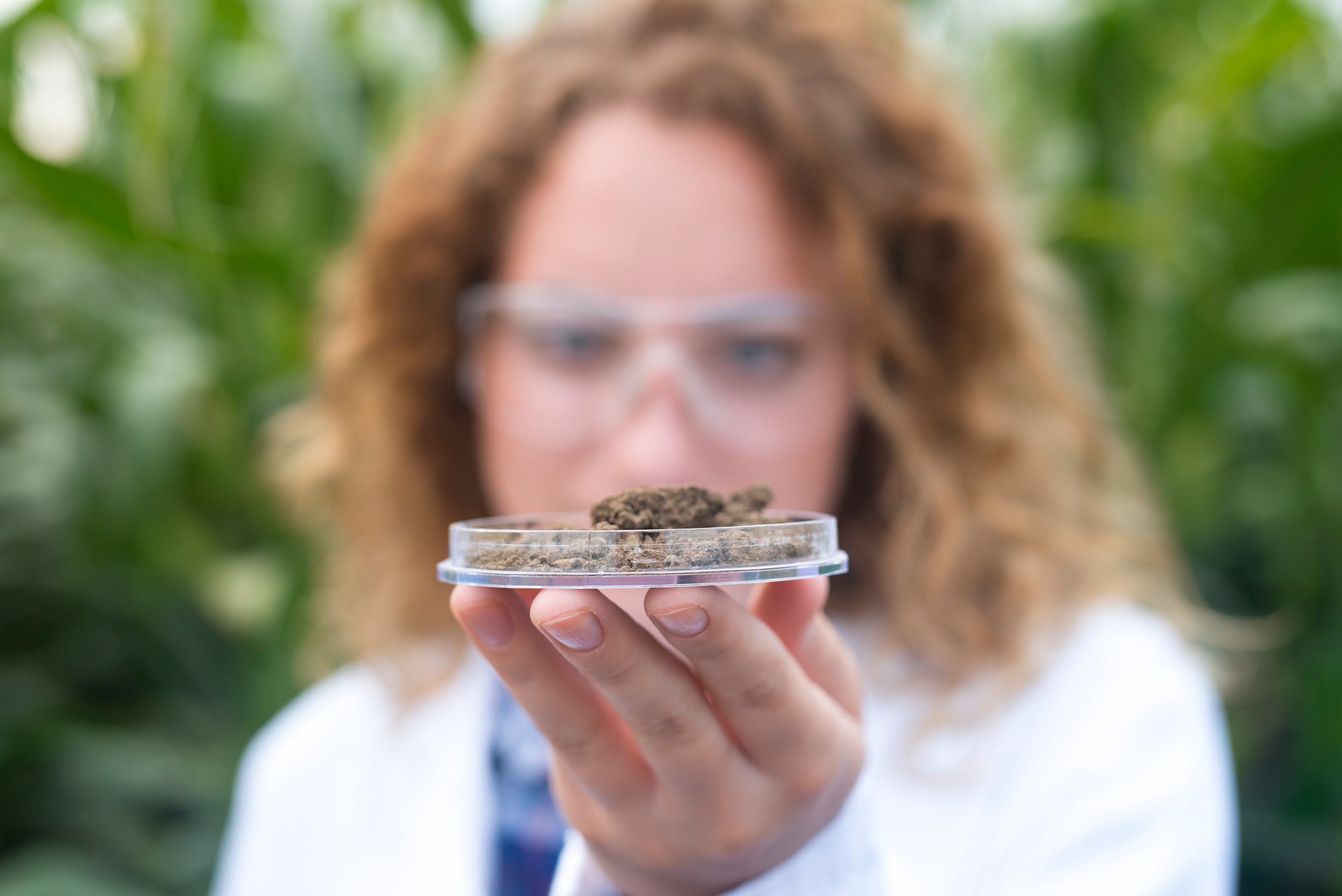
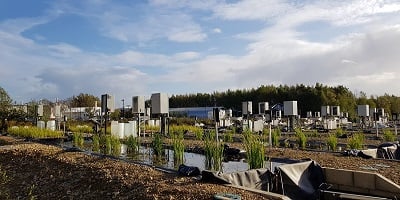
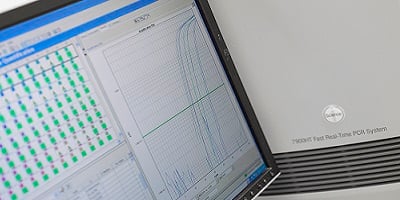
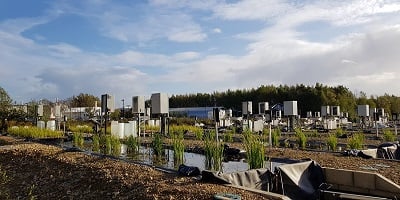
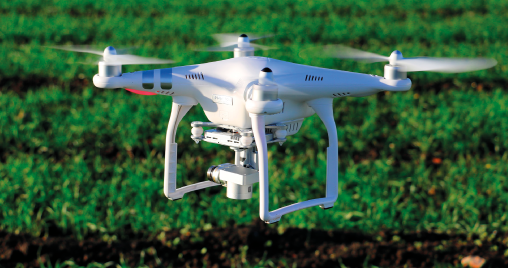
.jpg)
